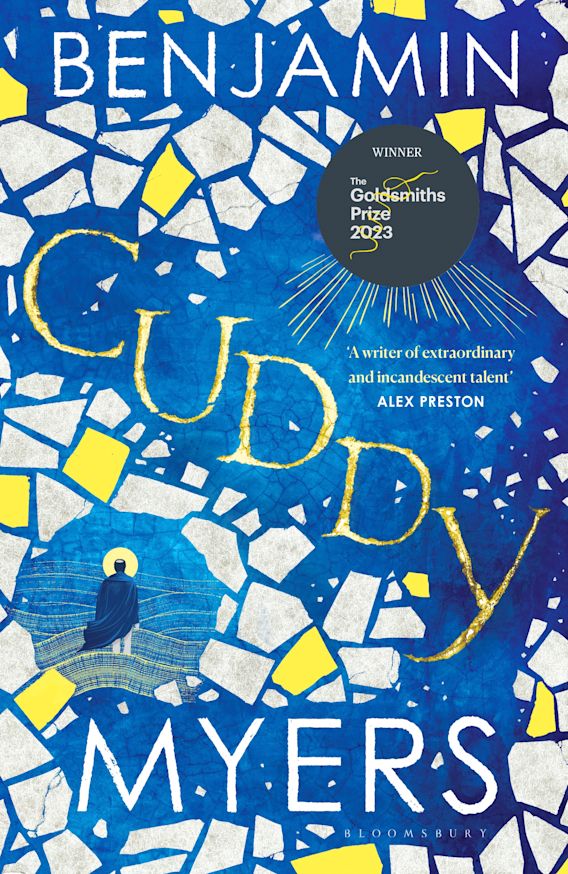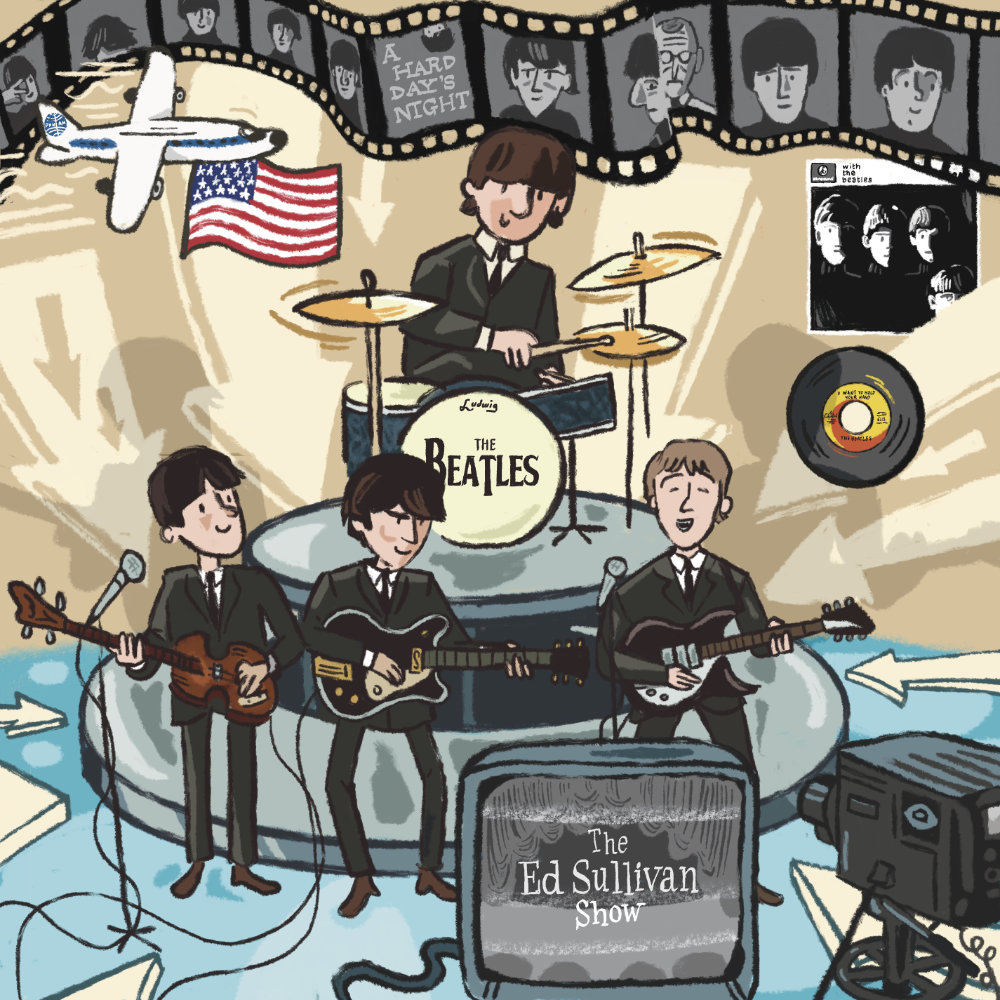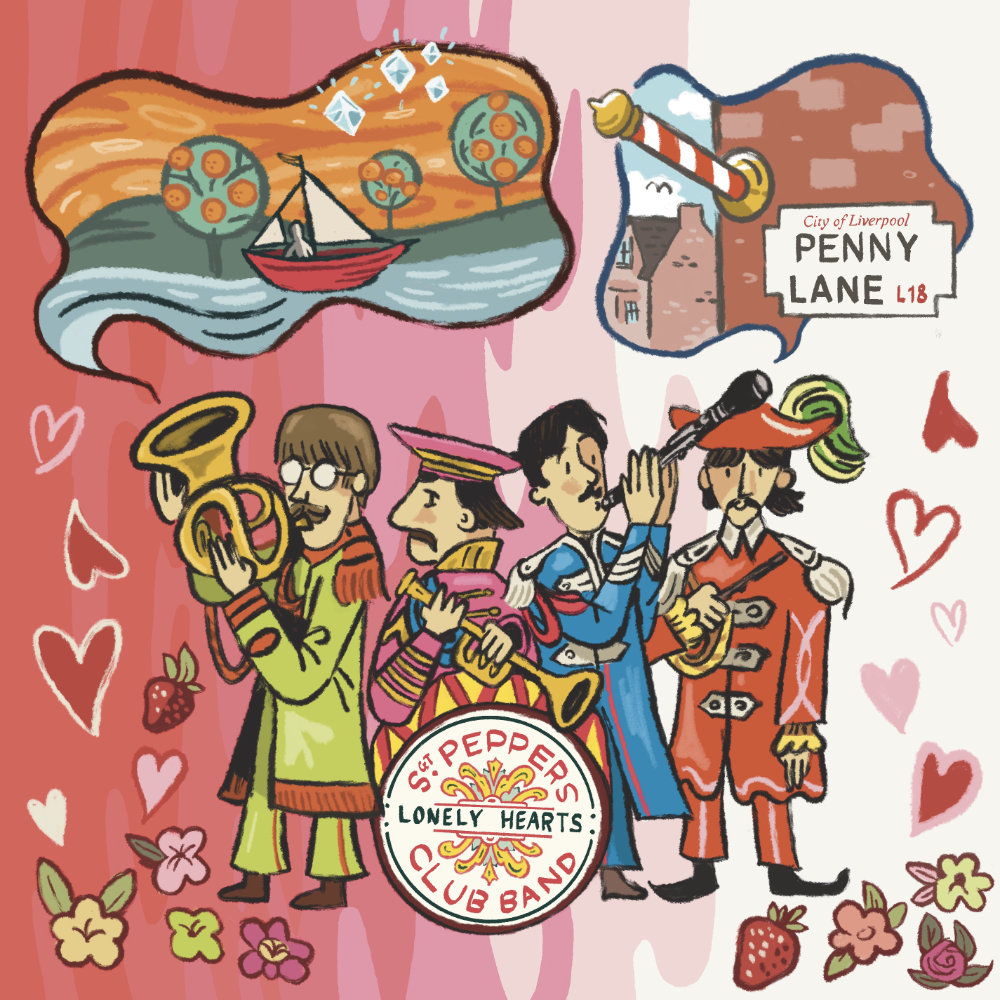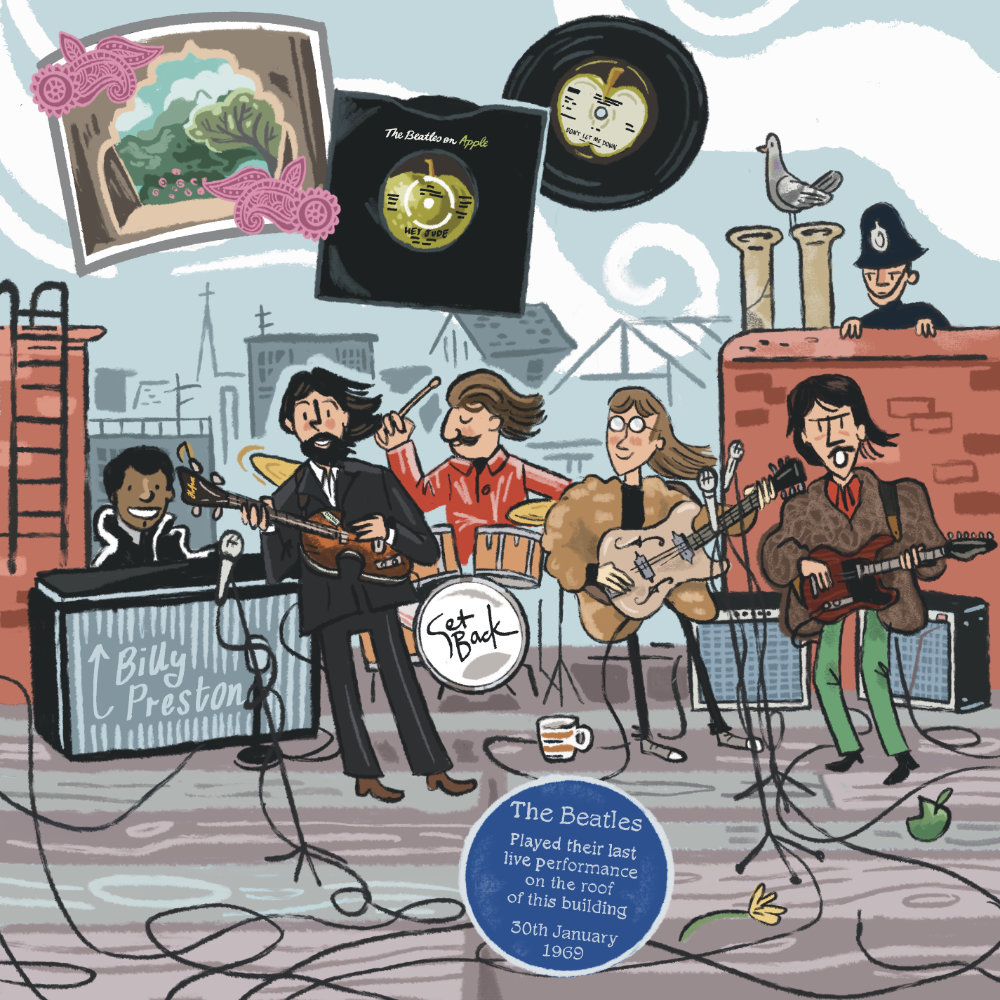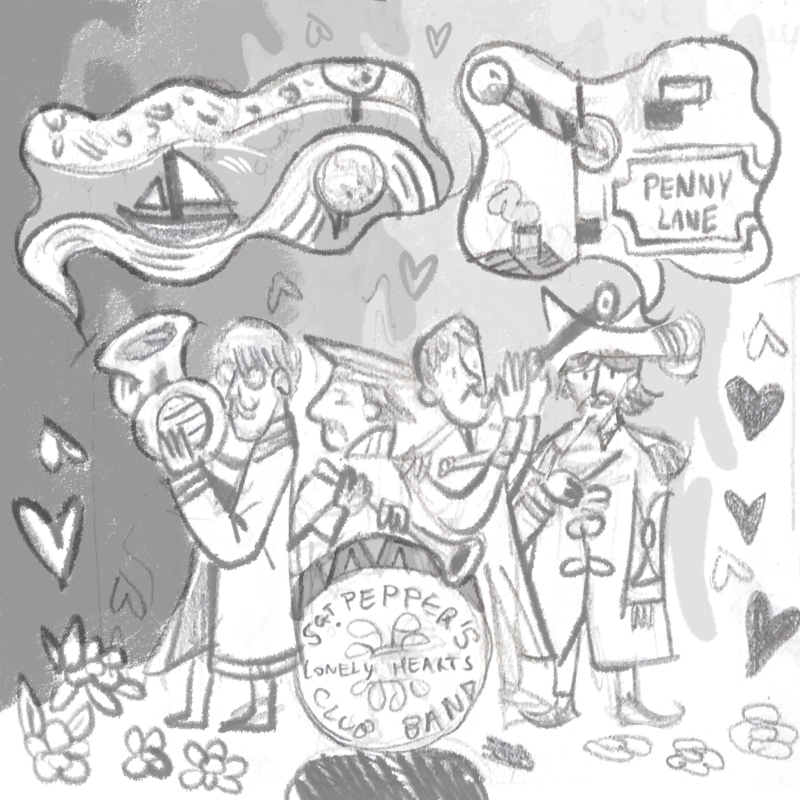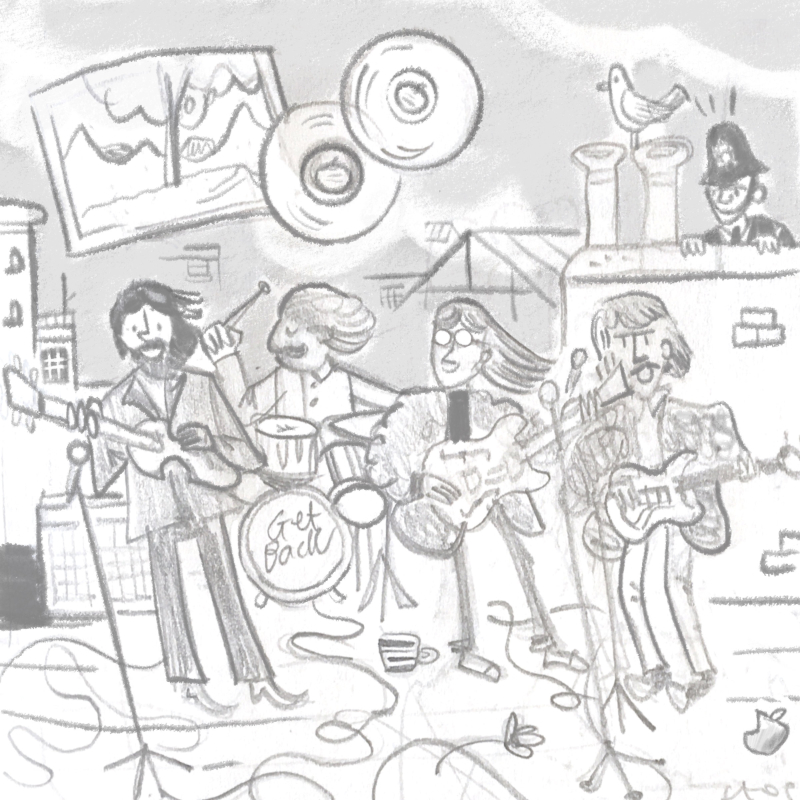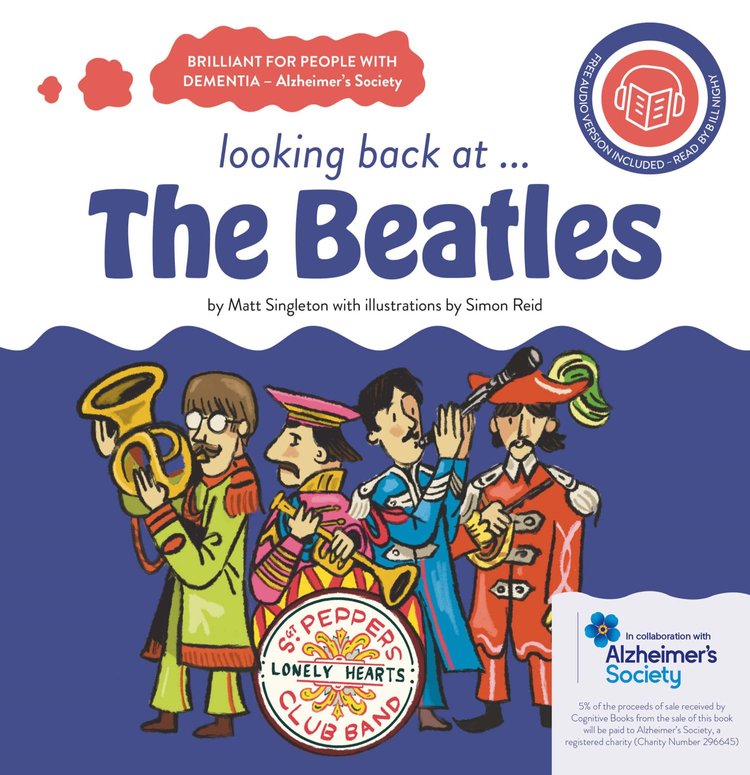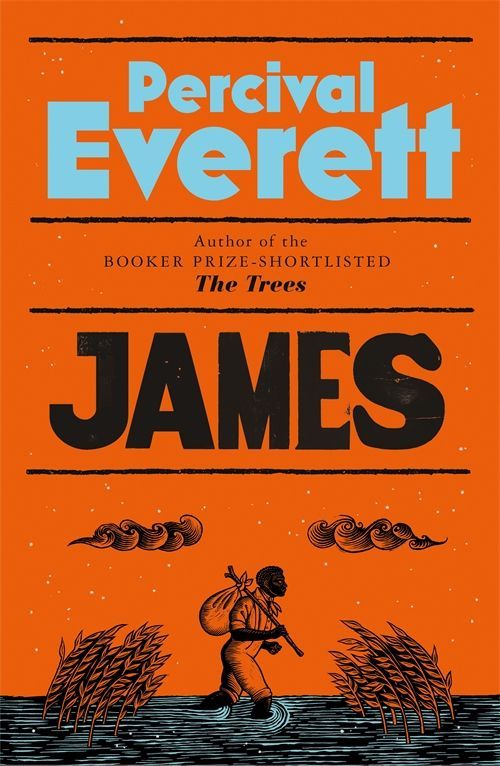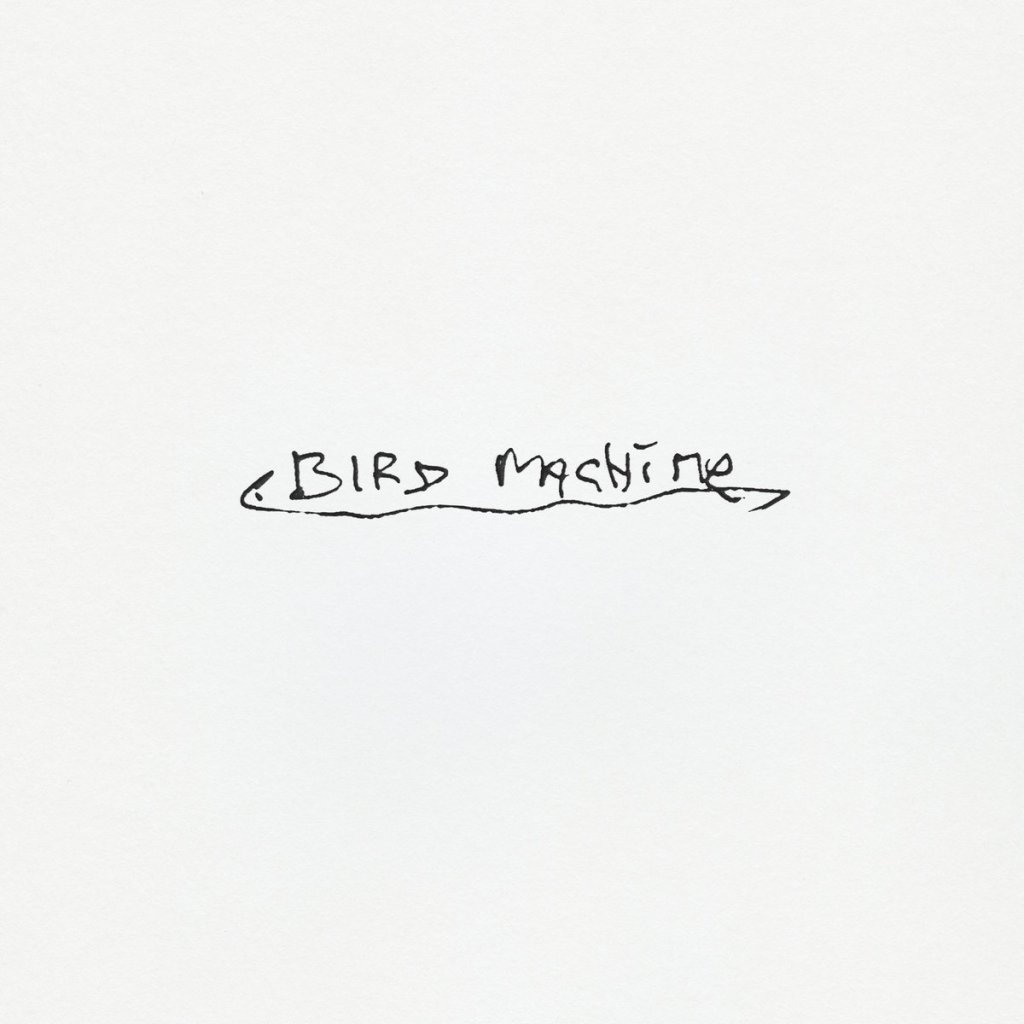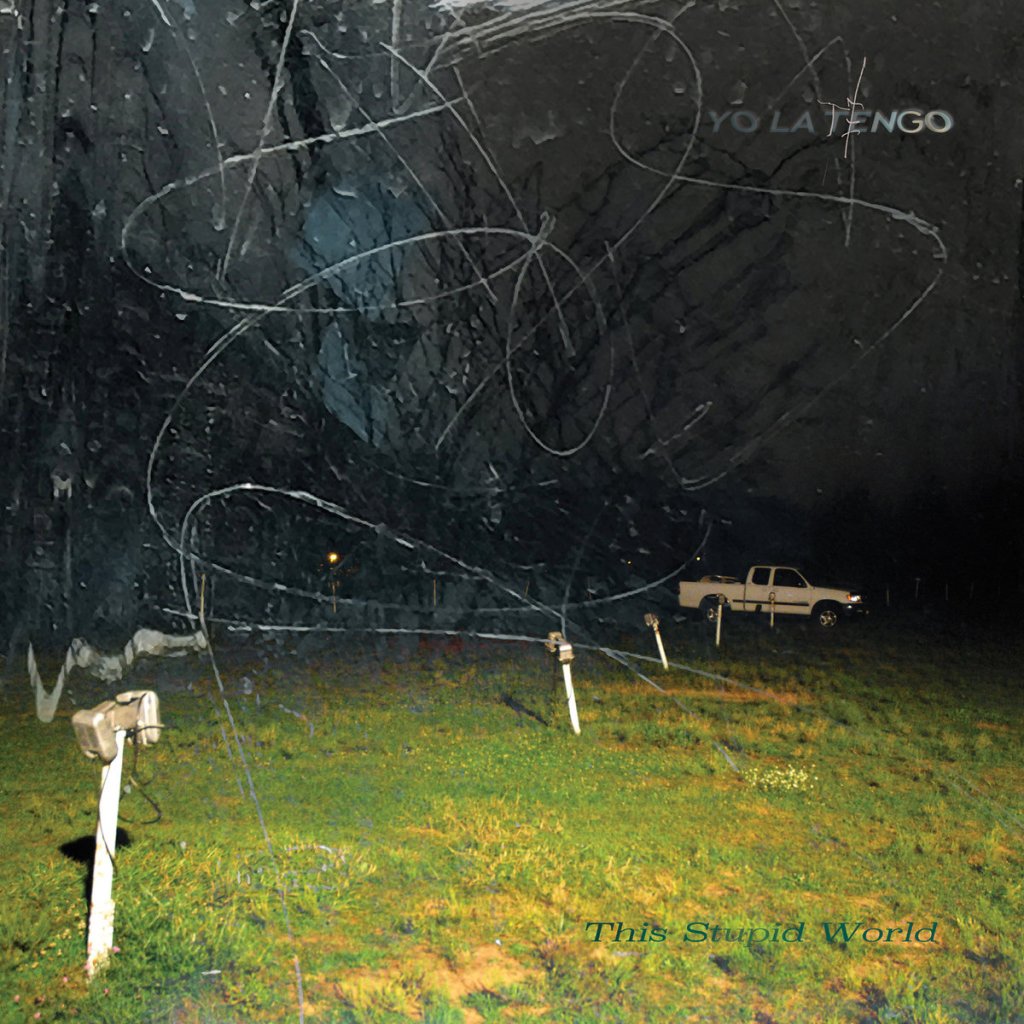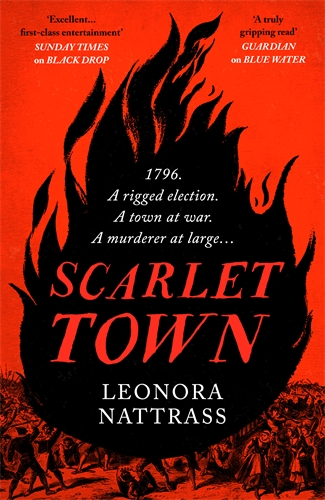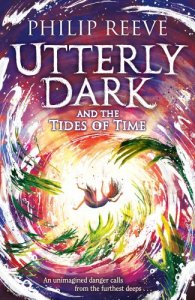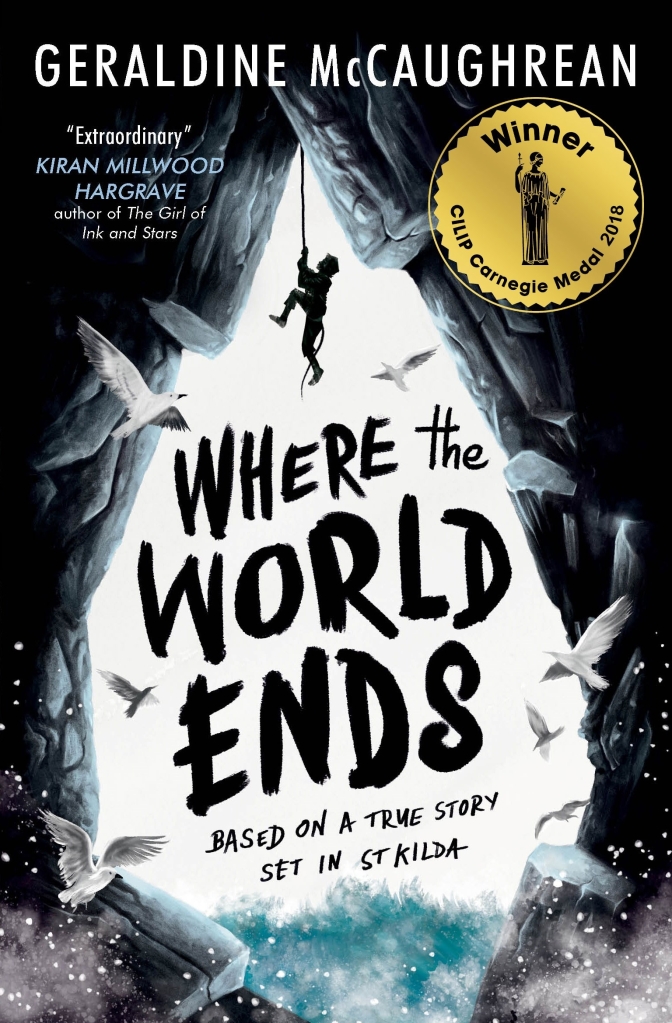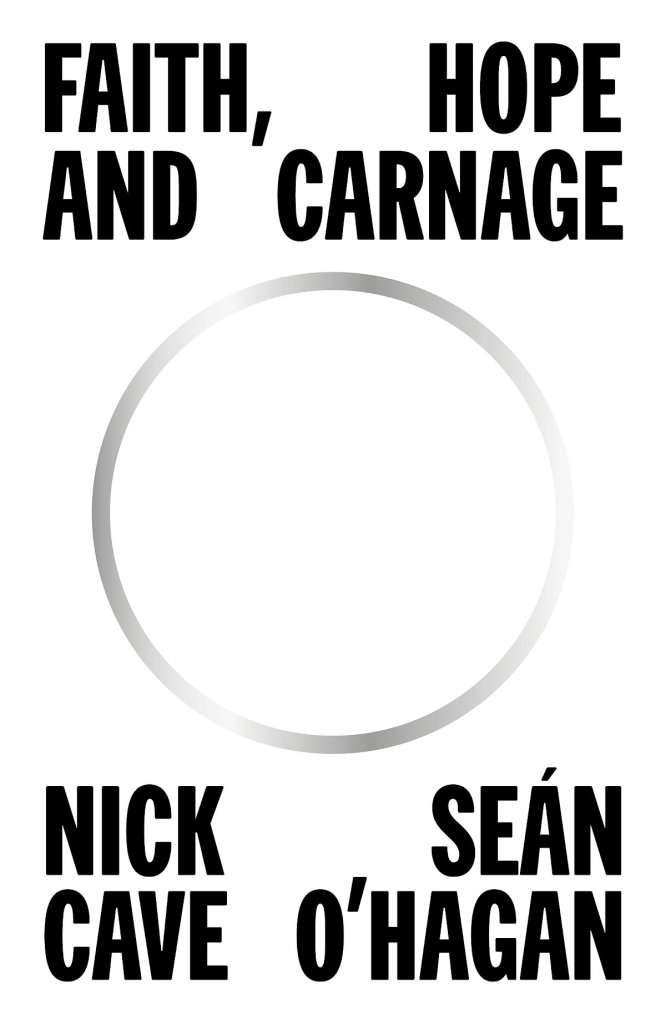Cuddy by Benjamin Myers
Cuddy is four novellas in one chunky volume, all linked by the life and legacy of St Cuthbert and his final resting place of Durham Cathedral. He was a humble hermit, wandering healer and missionary, and eventually a highly respected Bishop. He was already legendary in the North of England by the time he died in 687, having isolated himself on a remote island (little more than a rock) off Lindisfarne. He was honoured in death first by the incredible efforts of ‘the Cuddy Community’ to take his sacred body to somewhere of safety and significance, when the Vikings raided Lindisfarne – it was a journey that took generations, before finally settling on the site of what became Durham Cathedral. The building of the Cathedral round the tomb of St Cuthbert is an even more mind-boggling effort, a centuries-long building project that exemplifies many amazing architectural innovations and feats.
Cuddy begins with the tale of Ediva, a young woman accompanying the monks who are travelling with Cuthbert’s coffin. She starts to have conversations with the spirit of the dead saint, and powerful visions of the stone mountain that will eventually house his body. This section is quite experimental prose poetry, playing with type and layout – paragraphs are fragmented or taper like a knife blades, and sometimes the font size keeps shrinking, suggestive of a voice fading into the ether, which is brilliantly suggestive of Ediva’s dreams and prophecies. Here and there, Ediva’s tale pauses fir several pages of brief quotes from history books and the likes of Bede (selected from some of the 40-50 books Myers read as research) that illuminate the Cuddy’s humble life and legend.
I found Ediva’s voice very compelling, which surprised me as I’d actually abandoned the audiobook version of Cuddy last year, struggling to click with it at all. In retrospect I think the particular rhythms of this early part of the book are a challenge for that format – dozens of academic citations feel tedious and disturb the flow of the poetry when read aloud, whereas on the page they work, a kind of chorus of facts and theories filling in the gaps as Ediva’s comes to appreciate Cuddy’s legend and the role she has to play.
Following on from that, we leap ahead to 1346, and the gripping tale of Eda. She’s a brewer who lives in the shadow of the Cathedral and in fear of her husband, an archer who, when he’s not fighting off the Scots, is beating and abusing her. The side characters here are fantastic – the wonderfully frank prostitute Scum Gertie, the hateful, scheming monk Brother Barnabus (aka Cruikshank), and the proud stonemason Francis Wolfe. Here I started to notice and enjoy all sorts of clever echoes of Book I that were being laid down, and this interlinking effect was only enhanced as I read on.
After a short playlet set in 1650, when the Cathedral was used to imprison Scots captured at the Battle of Dunbar (and the Cathedral itself is given voice), we reach Book III, set in 1827, is about a faithless academic drafted in by the clergy to oversee an exhumation of Cuthbert’s body, for complex reasons. This section is constructed as a series of letters, so there’s an effect similar Dracula or M.R. James’ ghost stories, and I could sense Myers puffing up the pomposity of Forbes Fawcett-Black to match a typical M.R. James protagonist. This part starts out quite dry, and becomes more frantic and funny, the pastiche impossible to miss.
Finally, Book IV introduces us to Michael, a young man in 2019 who takes on a temp job at the Cathedral – part of which involves running errands for a team of masons replacing a weathered stone balustrade. All the while, he’s worrying about his finances and his mum’s fading health. Michael is likeable enough but seems hollowed out by the struggle of simply trying to get by, left fearful and unable to connect fully with others. His story underlines how lives are marked by many waves of austerity. Despite living in a nearby village, Michael’s never really thought much about the Cathedral, there’s the sense that places like this are not really for his kind – ‘Actually going inside the Cathedral was what middle-class families did; it wasn’t for those who lived in the outlying villages left fallow after their local industries had depleted in the years before he was born.’ Later on, settling into the work, Michael feels happy, partly as he’s comforted and inspired by the massive building, realising he is now ‘one more link in a chain of people – of experience – that stretches deep into a past, a past where people spoke and ate and lived differently, but perhaps thought similar thoughts and desired similar things’.
The sense of this continuum has built throughout Cuddy and the patterns Myers creates, with themes, locations and character traits resurfacing, each book commenting somehow on all the others, is marvellous. I was left with the impression that this could be Myers’ best book yet, though it’s difficult judge it against a back catalogue that’s already so varied, ranging from Beastings to The Offing.
It’s great to see that the ambition of Cuddy has been rewarded with appropriate accolades. It’s already the winner of the Goldsmith’s Prize for experimental fiction, shortlisted for the Walter Scott Prize for Historical Fiction (shortlist coming up next month!) and it’s just made the shortlist for the Oondaatje Prize, which goes to ‘a distinguished work of fiction, non-fiction or poetry, evoking the spirit of a place’. In a way that hat-trick of prizes would sum up Cuddy neatly – it’s stylistically bold, it contains four deeply researched, equally engrossing slices of historical fiction spanning more than a millennium, and it creates an awe for the Cathedral, making you watch a bunch of YouTube videos about it and promise yourself that you’ll visit someday.
Writing Durham podcast with Pat Barker and Benjamin Myers – Myers was in the process of writing Cuddy when this conversation was recorded, and he mentions in the acknowledgments that it was helpful.
